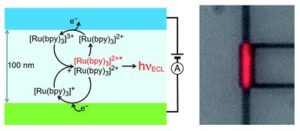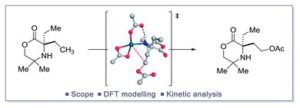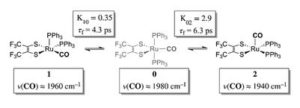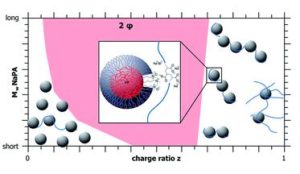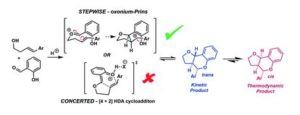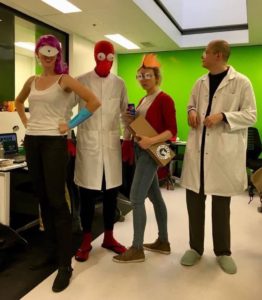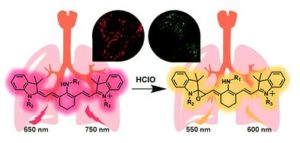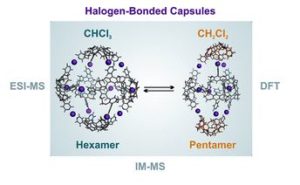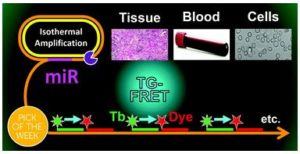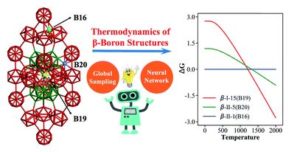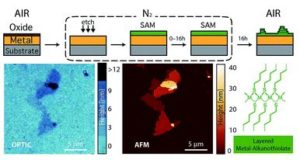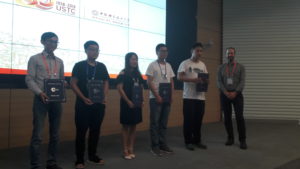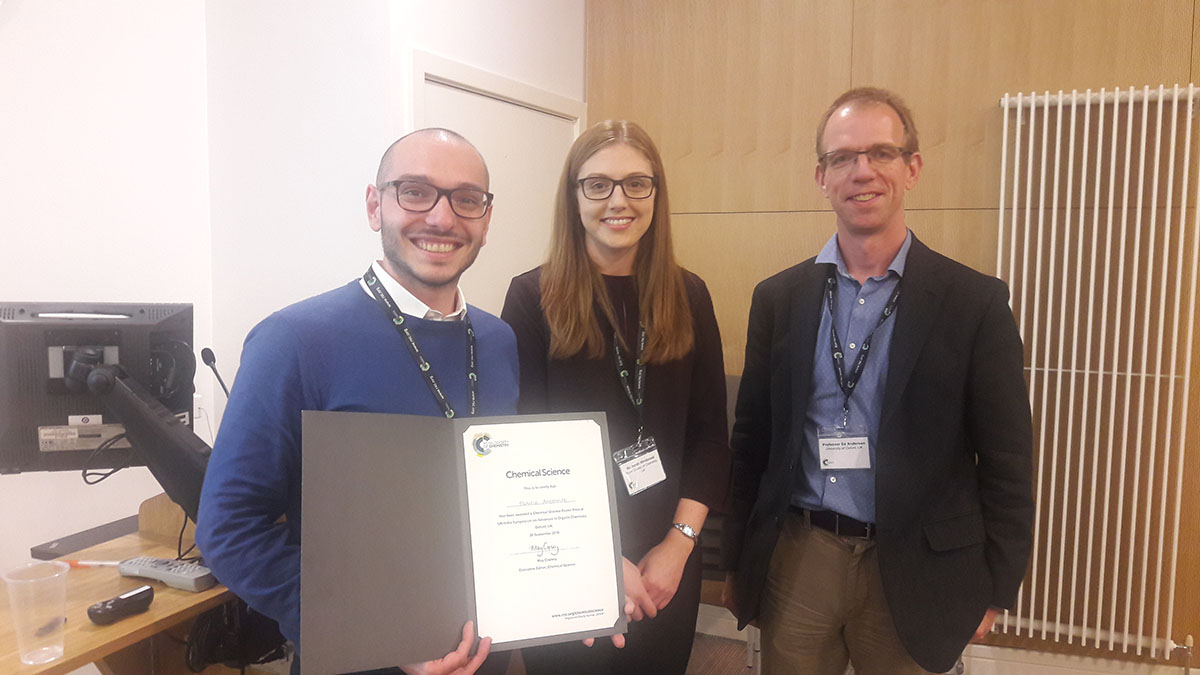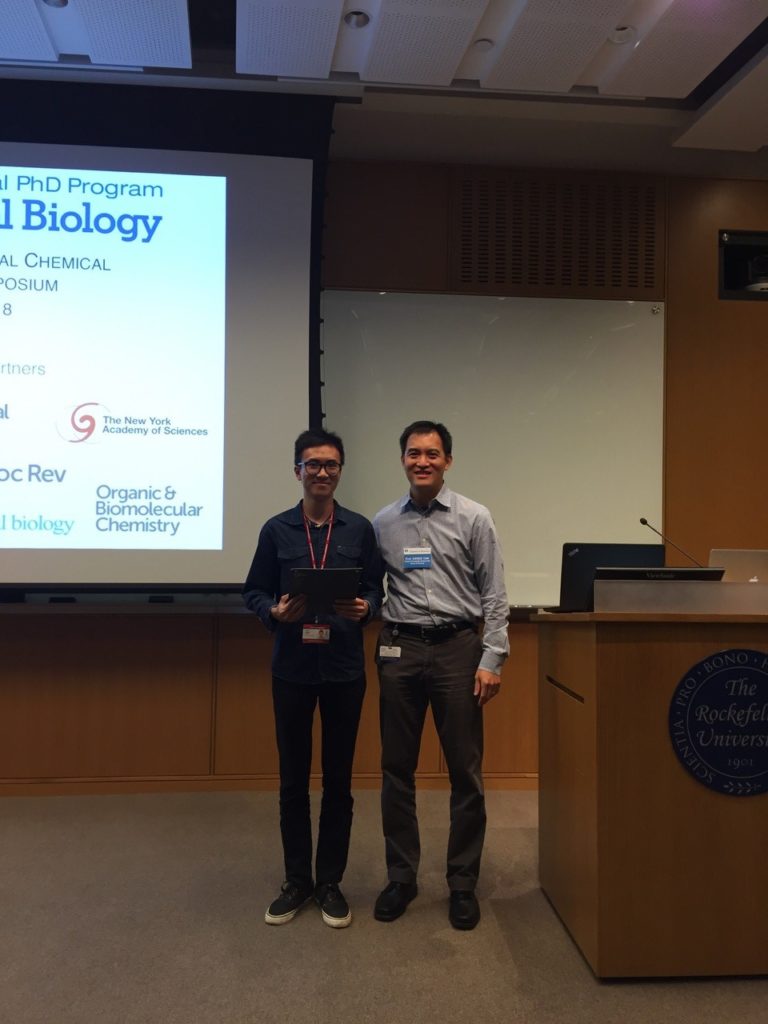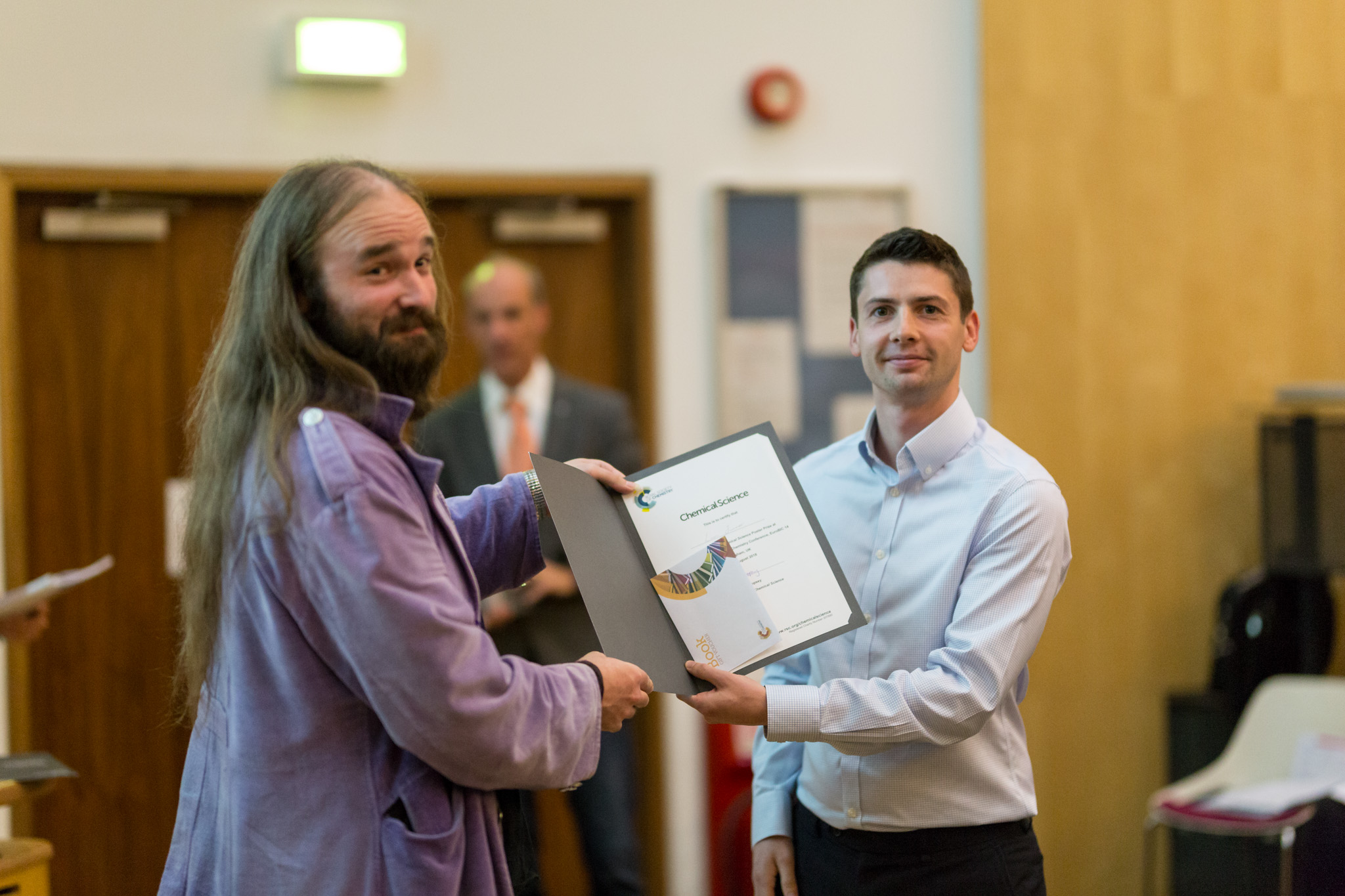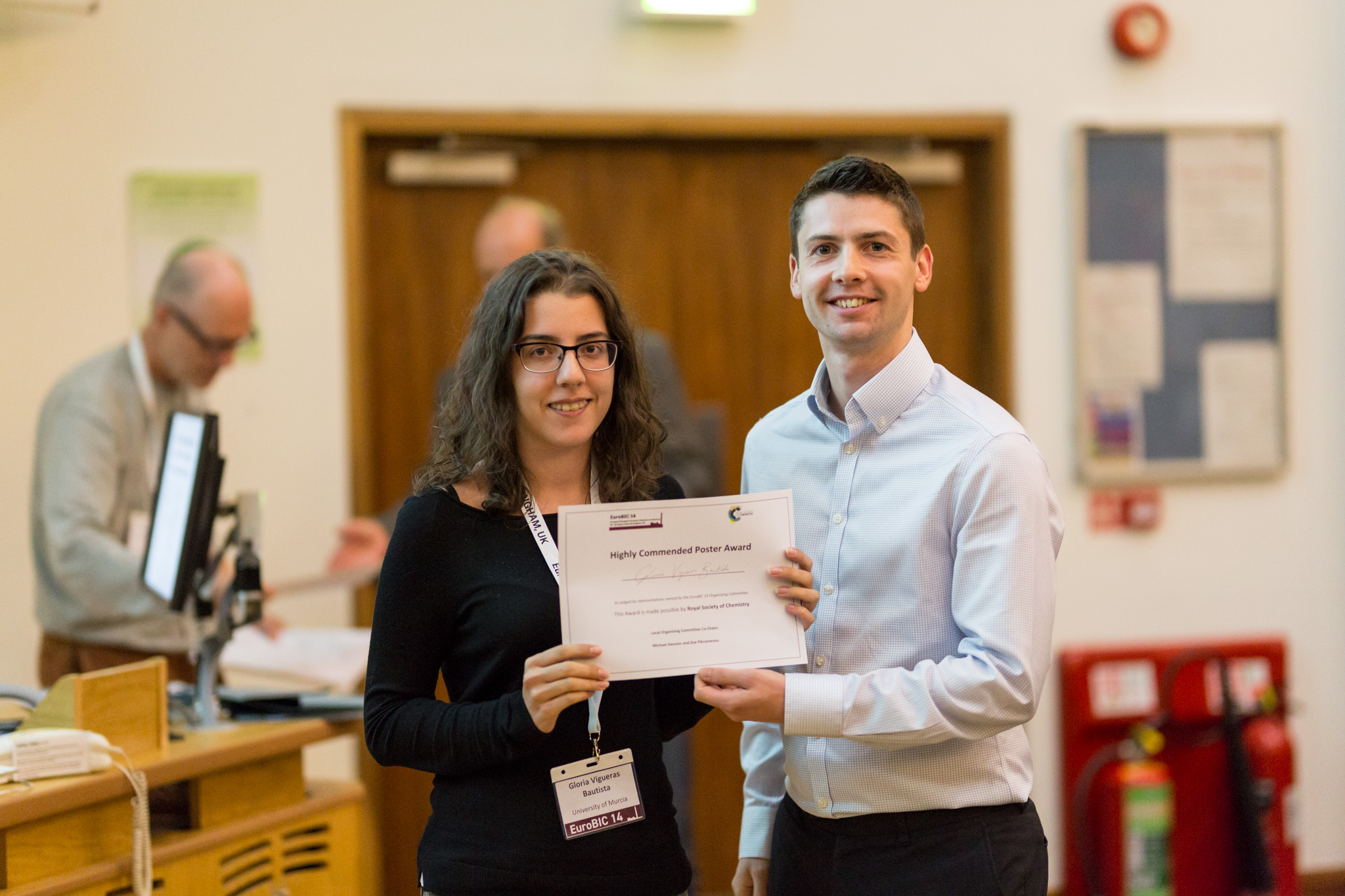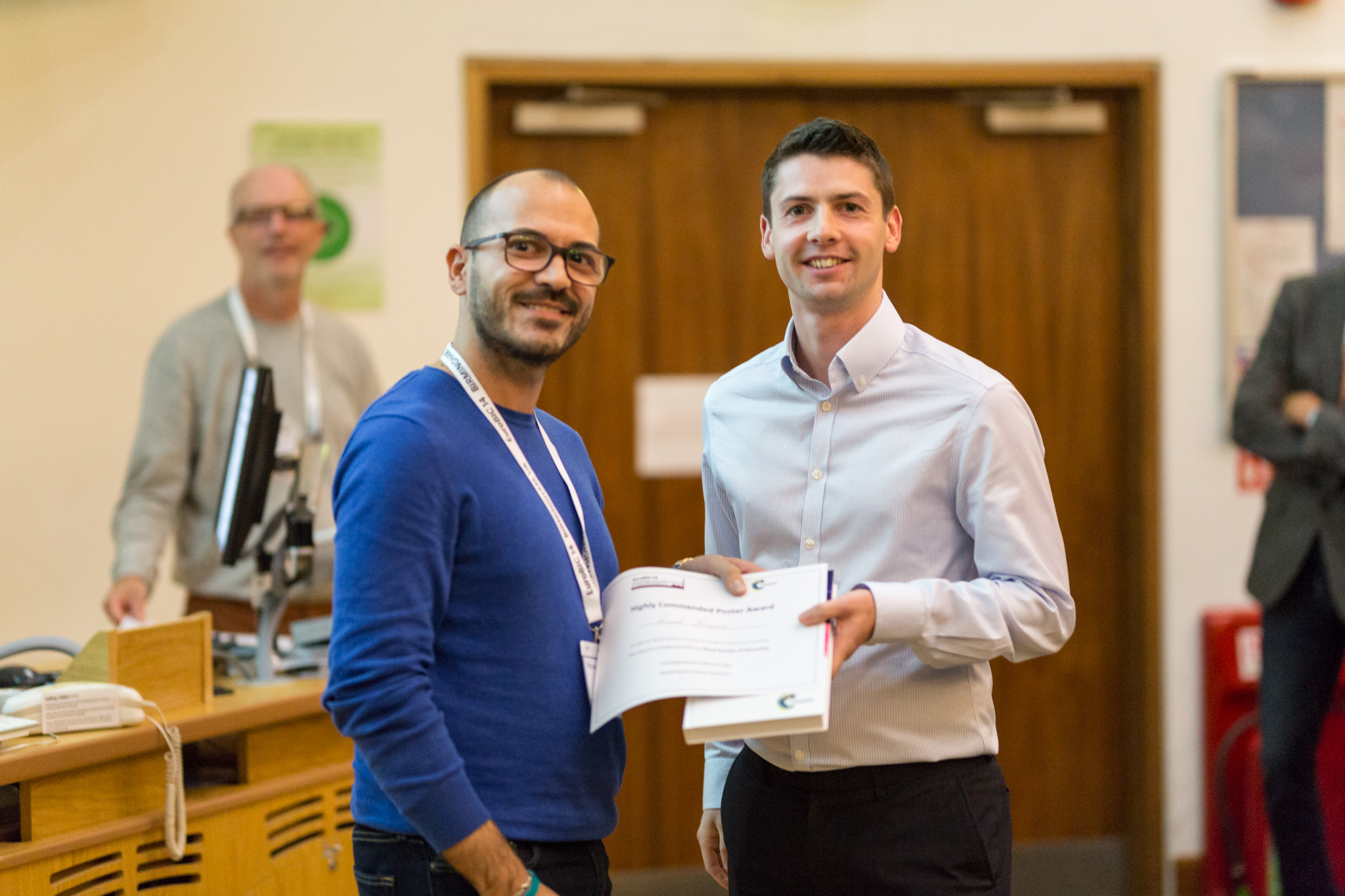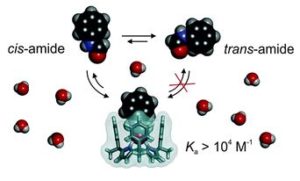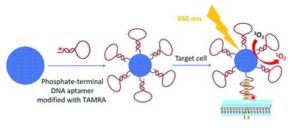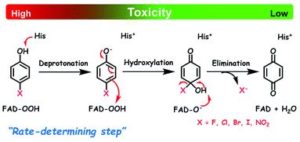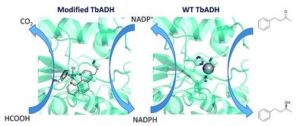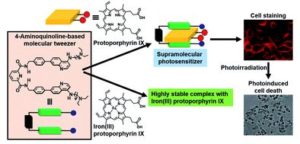We are happy to present a selection of our HOT articles over the past month. To see all of our HOT referee-recommended articles from 2018, please find the collection here.
As always, Chemical Science articles are free to access.
Enhanced annihilation electrochemiluminescence by nanofluidic confinement
Hanan Al-Kutubi, Silvia Voci, Liza Rassaei, Neso Sojic and Klaus Mathwig
Chem. Sci., 2018, Advance Article
DOI: 10.1039/C8SC03209B, Edge Article
______________________________________________________
Mechanistic investigation into the C(sp3)–H acetoxylation of morpholinones
Cornelia S. Buettner, Darren Willcox, Ben. G. N. Chappell and Matthew J. Gaunt
Chem. Sci., 2018, Advance Article
DOI: 10.1039/C8SC03434F, Edge Article
______________________________________________________
Ir(III)-catalyzed ortho C–H alkylations of (hetero)aromatic aldehydes using alkyl boron reagents
Xiao-Yang Chen and Erik J. Sorensen
Chem. Sci., 2018, Advance Article
DOI: 10.1039/C8SC03606C, Edge Article
______________________________________________________
Direct observation of the intermediate in an ultrafast isomerization
Tyler M. Porter, Jiaxi Wang, Yingmin Li, Bo Xiang, Catherine Salsman, Joel S. Miller, Wei Xiong and Clifford P. Kubiak
Chem. Sci., 2018, Advance Article
DOI: 10.1039/C8SC03258K, Edge Article
______________________________________________________
Structural control of polyelectrolyte/microemulsion droplet complexes (PEMECs) with different polyacrylates
Miriam Simon, Patrick Krause, Leonardo Chiappisi, Laurence Noirez and Michael Gradzielski
Chem. Sci., 2019, Advance Article
DOI: 10.1039/C8SC04013C, Edge Article
______________________________________________________
Reversibility and reactivity in an acid catalyzed cyclocondensation to give furanochromanes – a reaction at the ‘oxonium-Prins’ vs. ‘ortho-quinone methide cycloaddition’ mechanistic nexus
Christian D.-T. Nielsen, Wouter J. Mooij, David Sale, Henry S. Rzepa, Jordi Burés and Alan C. Spivey
Chem. Sci., 2018, Advance Article
DOI: 10.1039/C8SC04302G, Edge Article


